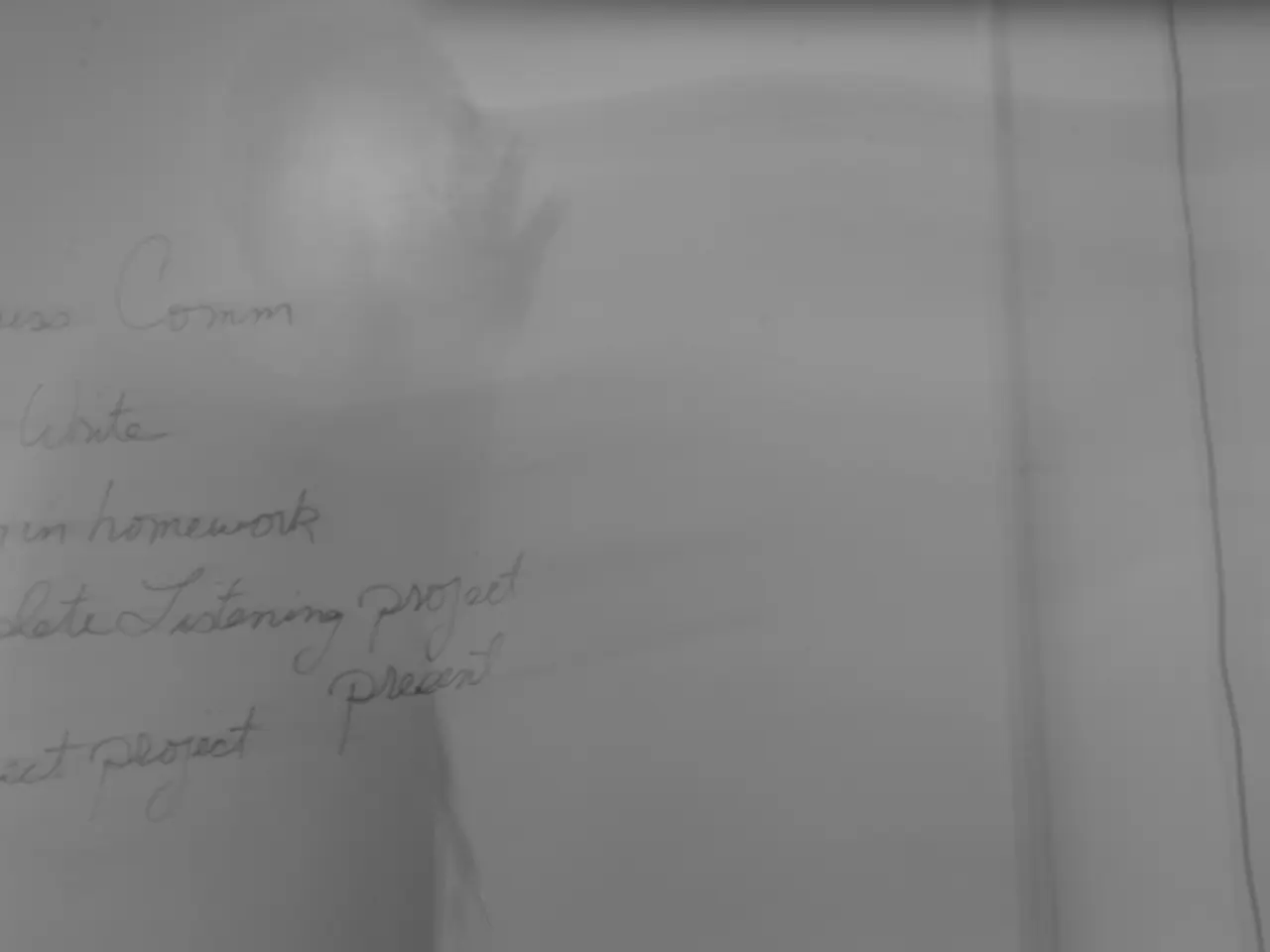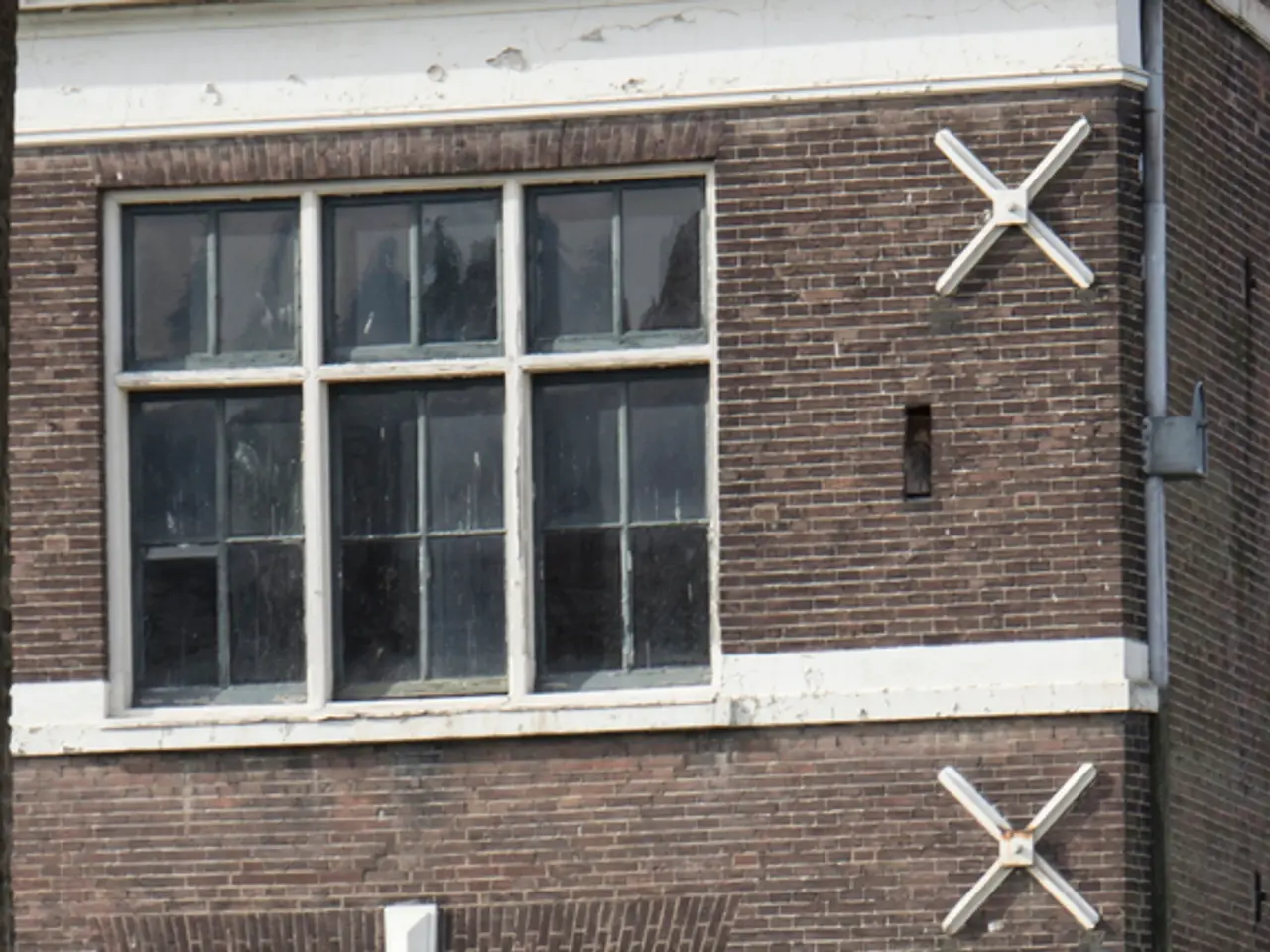Slowed Economic Expansion Predicted by Kiplinger for Near Future
The U.S. economy is expected to experience a subdued growth trend in 2025 and 2026, according to Kiplinger's Economic Outlooks. The predicted annual GDP growth rate for 2025 stands at approximately 1.7%, with the first half of the year averaging around 1.2% at an annual rate, and the second half expected to grow slightly faster at about 1.3% at an annual rate.
This forecasted growth reflects a slowdown from the stronger but unsustainable 3.0% growth in Q2 2025. Government spending was nearly a wash, with federal defense spending positive, but federal nondefense spending dropping a whopping 11.2% at an annual rate.
Consumer spending was subdued in the second quarter, with weak consumption of services. However, purchases of durable goods bounced back from their first-quarter drop. Despite this, the growth trend for the second half of the year will be subdued at 1.3%.
The Trump administration has been cutting federal employees and canceling contracts that sustain government contractors, nonprofits, and universities. The ripple effect of canceled contracts beyond government agencies is unknown, but potentially high.
Higher tariff rates are being imposed on common goods imports, such as home furnishings, toys, sports equipment, but have not had a large impact on the Consumer Price Index (CPI) yet. Recent trade deals with Japan and the European Union have reduced uncertainty for exporters and importers, but have also imposed new tariffs with an effective rate of around 15% on all goods. Price increases on motor vehicles are expected later in the year as inventories of pre-tariff imported vehicles run low.
Foreign tourism is likely to be down, potentially subtracting a tenth of a point from GDP growth over the course of the year. Business purchases of equipment held up, but the declines in both housing and non-residential construction got worse.
The labor market is showing signs of slowing, with consumers likely to begin saving more. Tariffs took effect after the first quarter, and their long-term impact on the economy is still uncertain. The sub-2% growth trend is expected to continue into 2026.
Despite these challenges, it's important to note that tariffs are not expected to cause a broader recession in the economy. However, consumer sentiment remains low, particularly among Democrats and independents.
[1] Source: Kiplinger's Economic Outlooks [5] Source: U.S. Bureau of Economic Analysis
- In an effort to diversify investment options, some businesses might consider exploring decentralized finance (defi) solutions, such as DeFi wallets, to capitalize on the growing digital asset market.
- As the subdued growth trend continues, budget-conscious consumers may reconsider discretionary spending, potentially favoring savings over big-ticket items like motor vehicles and home furnishings.




